Janus Lab Italy
Tre Tazze per gli Spiriti
Tre Tazze per gli Spiriti
Impossibile caricare la disponibilità di ritiro
Nel Taoismo
Nel Taoismo, le coppe votive — spesso riempite con tè, acqua o vino — vengono utilizzate durante le cerimonie, in cui i diversi contenuti rappresentano specifiche energie. Nel rituale delle tre coppe, ad esempio, esse contengono acqua (Yang), tè (Yin) e riso (l’unione di Yin e Yang). Queste coppe fanno parte delle offerte, o jingxiang, che possono includere anche incenso, fiori e frutta, a seconda della divinità e della natura del rito.
Il contenuto delle coppe simboleggia l’equilibrio tra Yin e Yang, le forze fondamentali dell’universo. Il numero delle coppe e il loro contenuto possono variare in base all’occasione e alla divinità onorata. Offrire tre coppe esprime sincerità e rispetto verso gli dèi e gli antenati attraverso la pratica del jingxiang.
Recentemente, durante un soggiorno a Taiwan, ho preso parte al rituale quotidiano del rinnovare le tre coppe d’acqua — un’offerta agli spiriti o agli antenati della casa. Riflettendo sul simbolismo delle tre coppe come unità, e ispirato dai motivi naturali che ricordano il guscio di una tartaruga, ho creato un piatto destinato alle offerte.
Ombre di smalto in tonalità di verde oliva e verde scuro, insieme al gioco tra l’ossidazione del rame e lo smalto trasparente su una superficie di rame lucidata, evocano una texture naturale — viva, organica e in silenziosa armonia con lo spirito del rito.
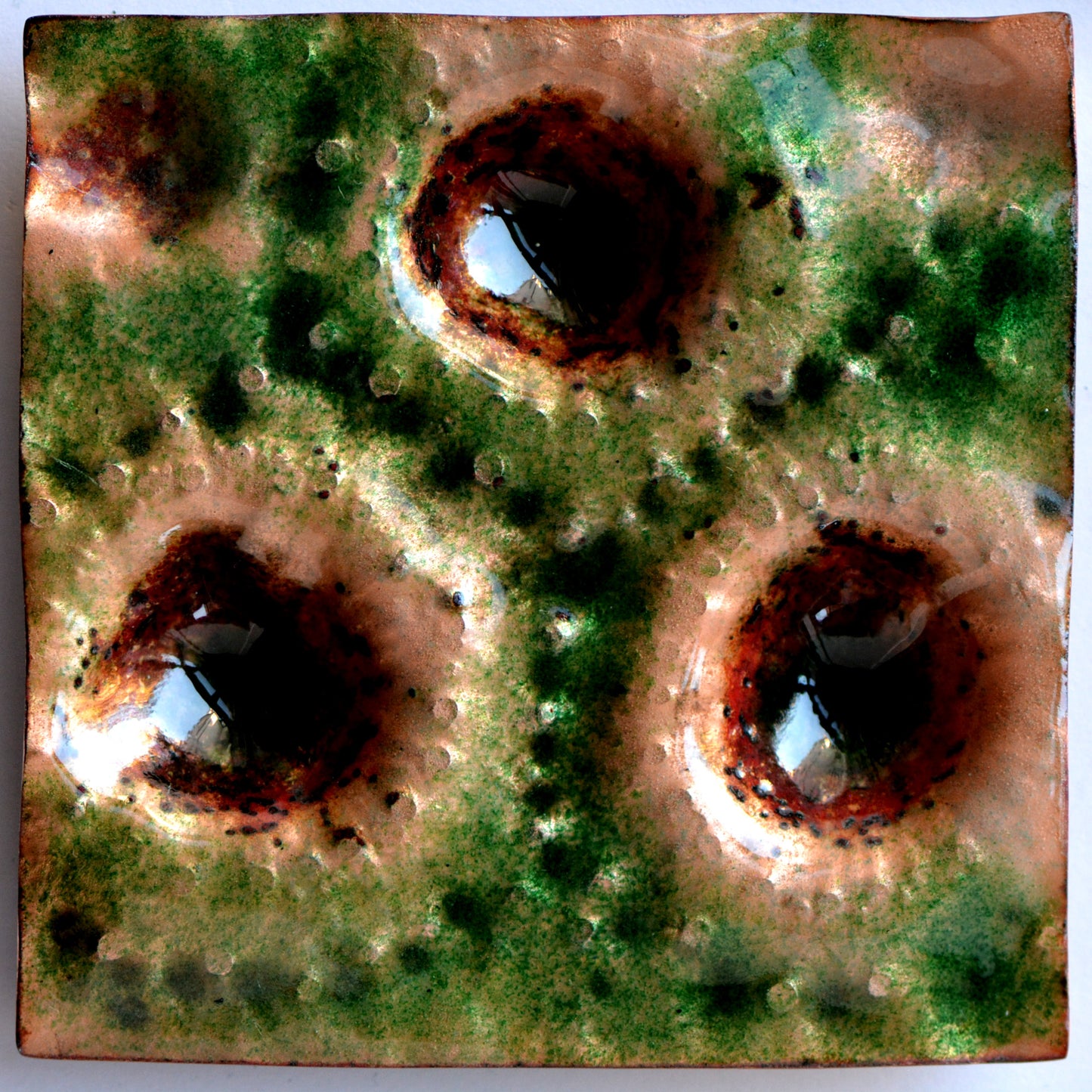
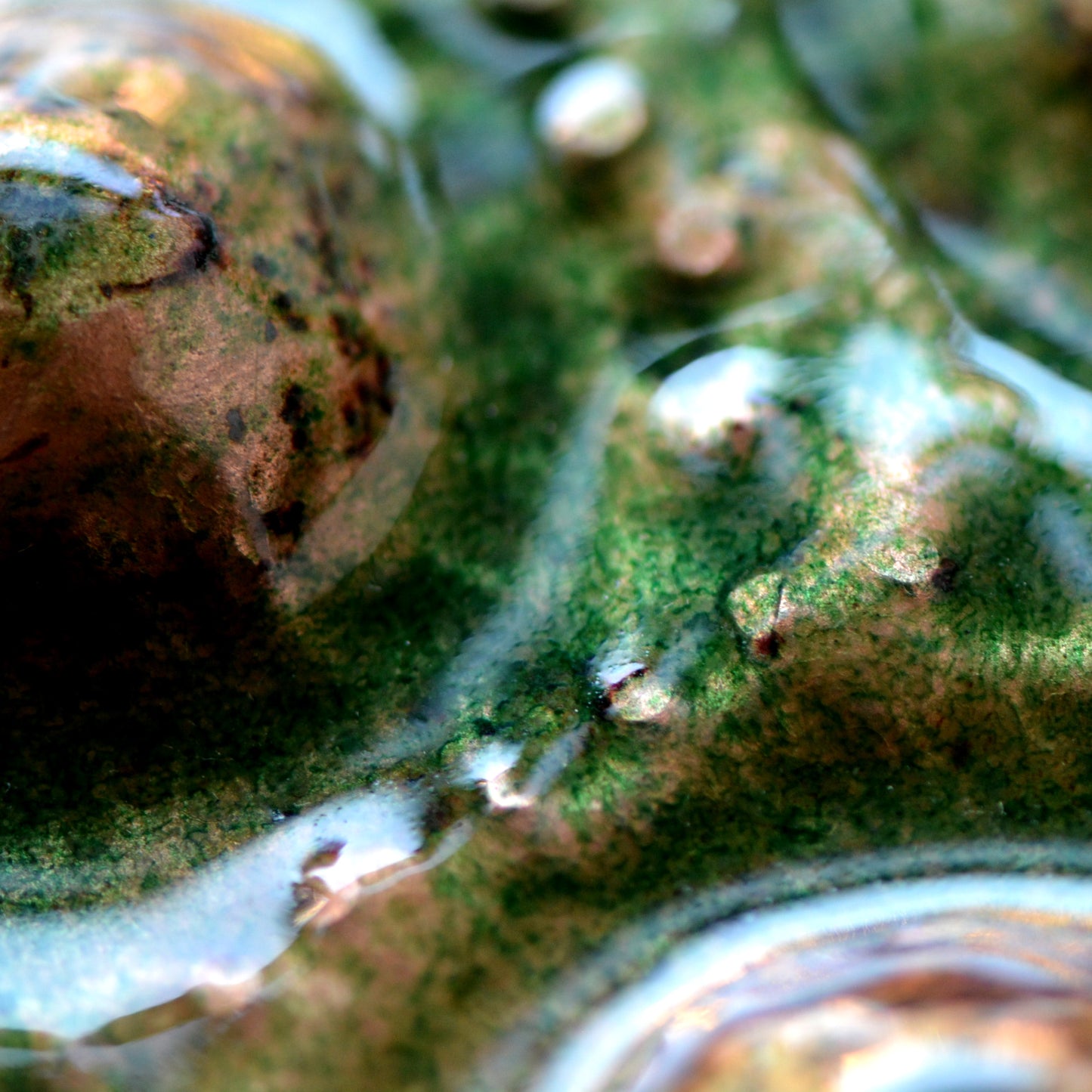
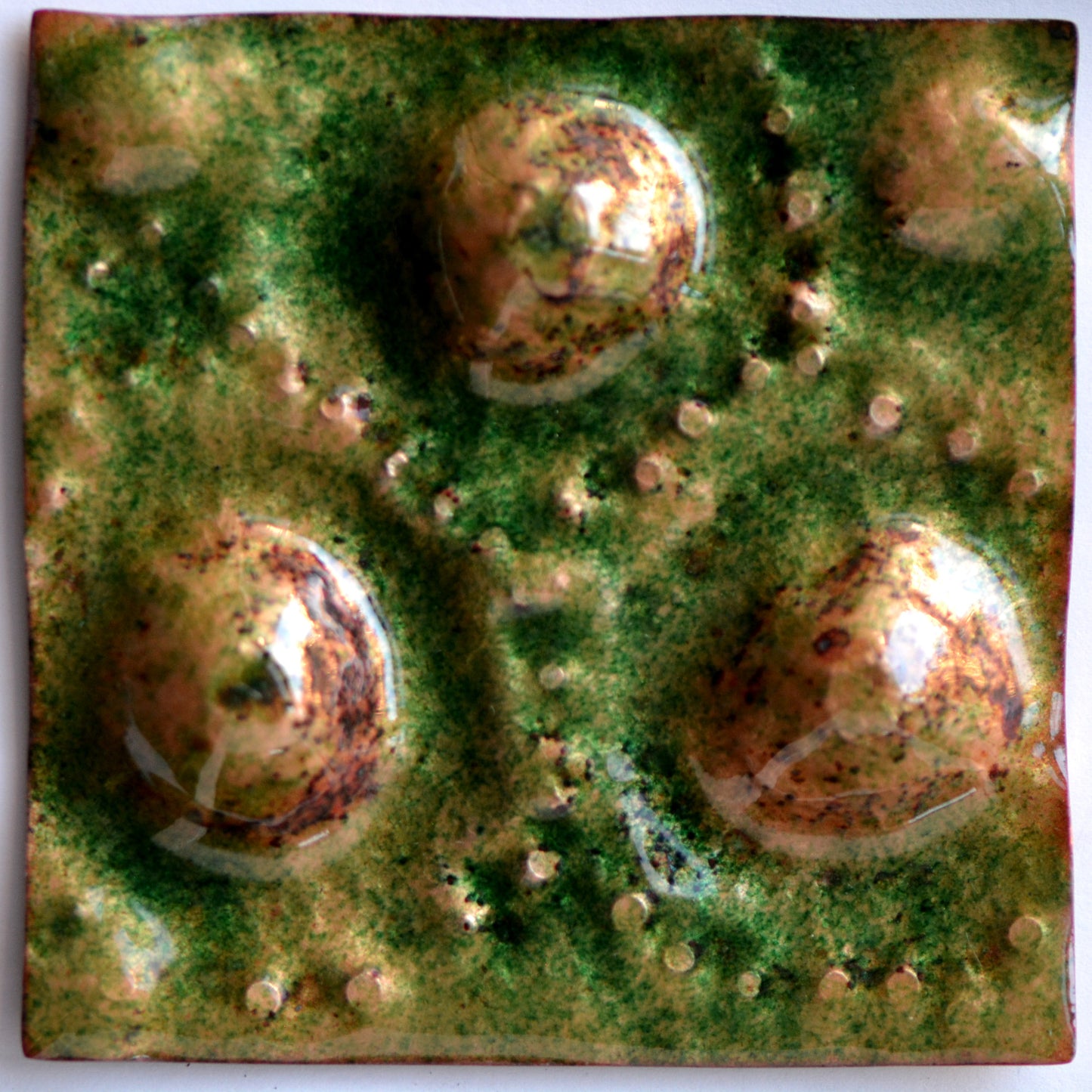
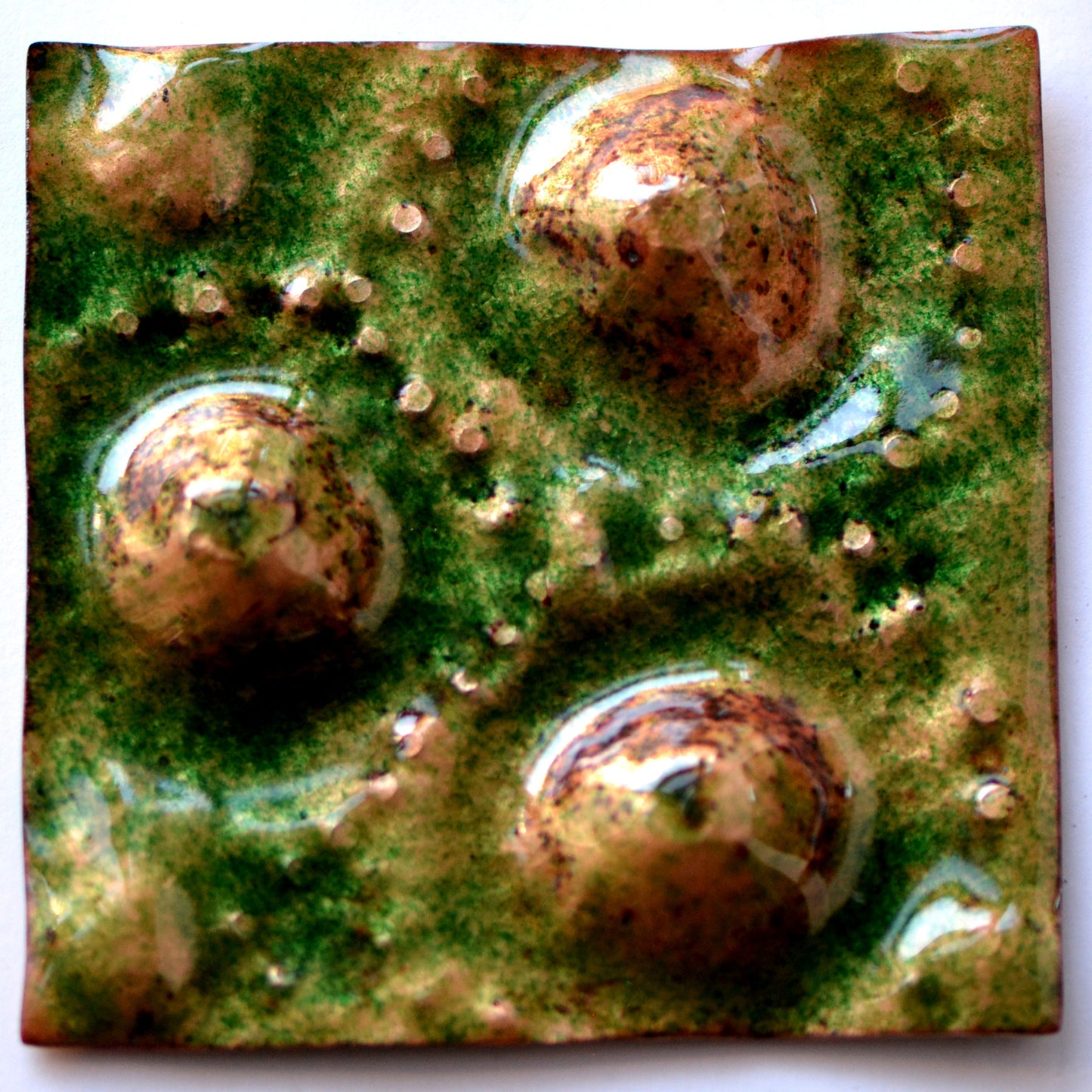
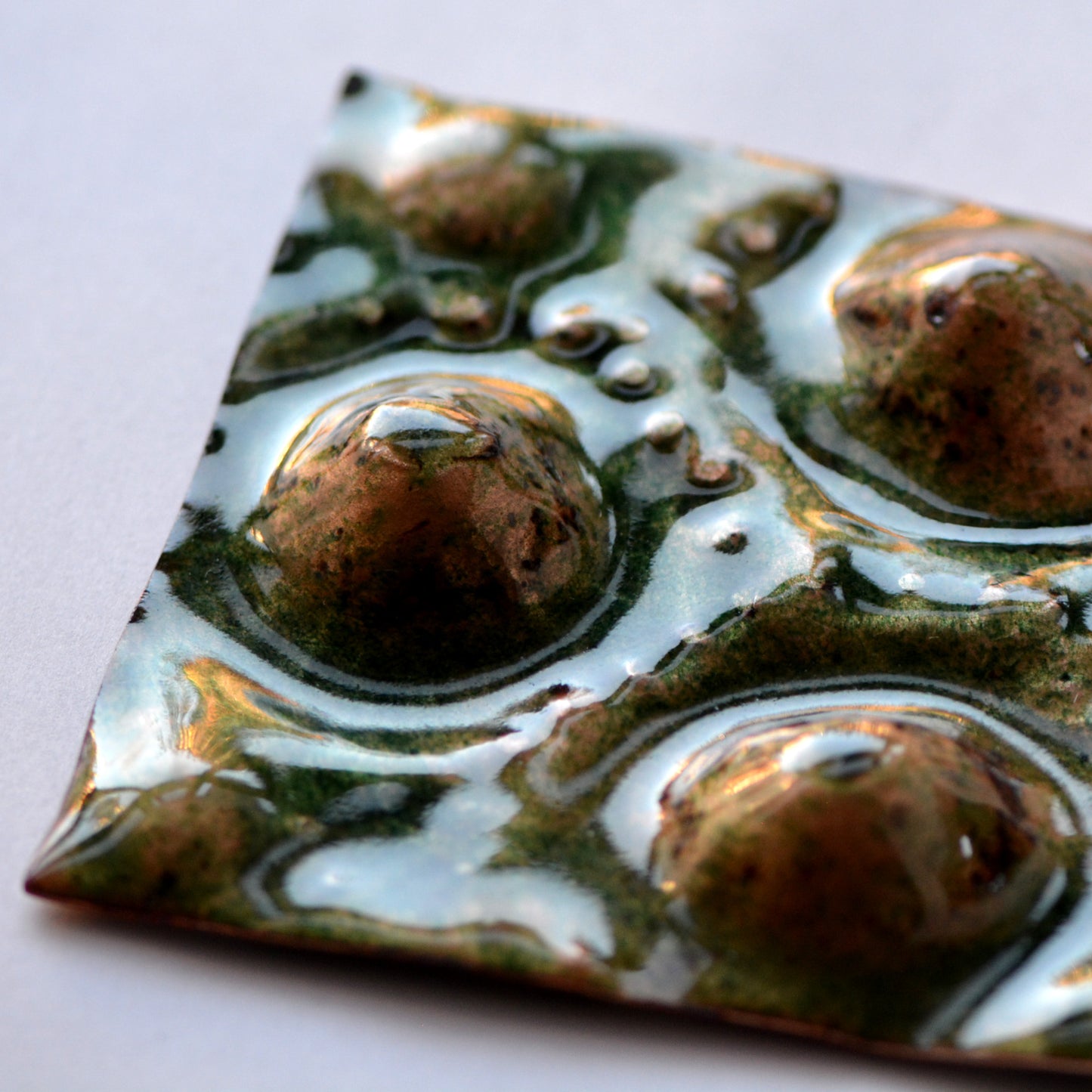
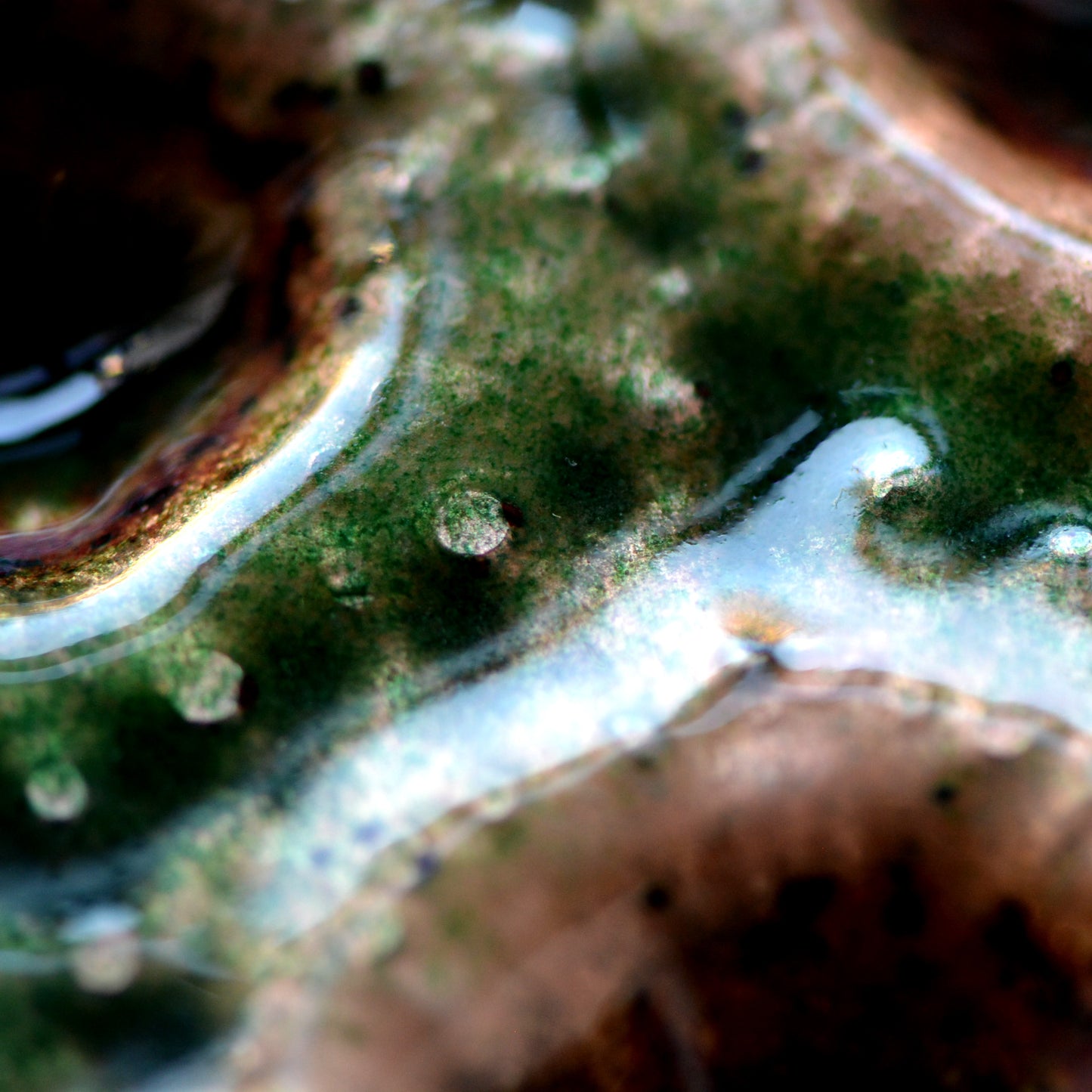
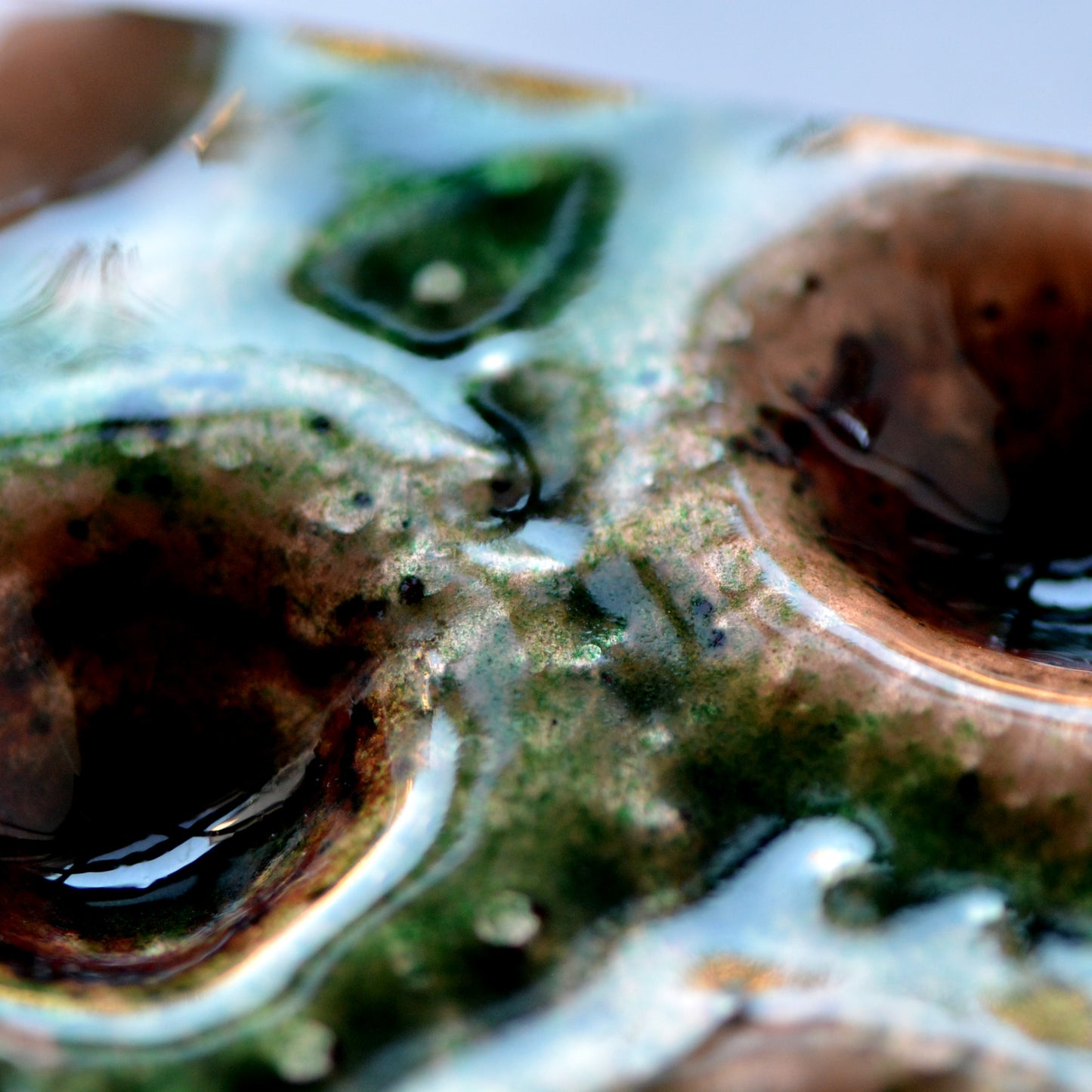
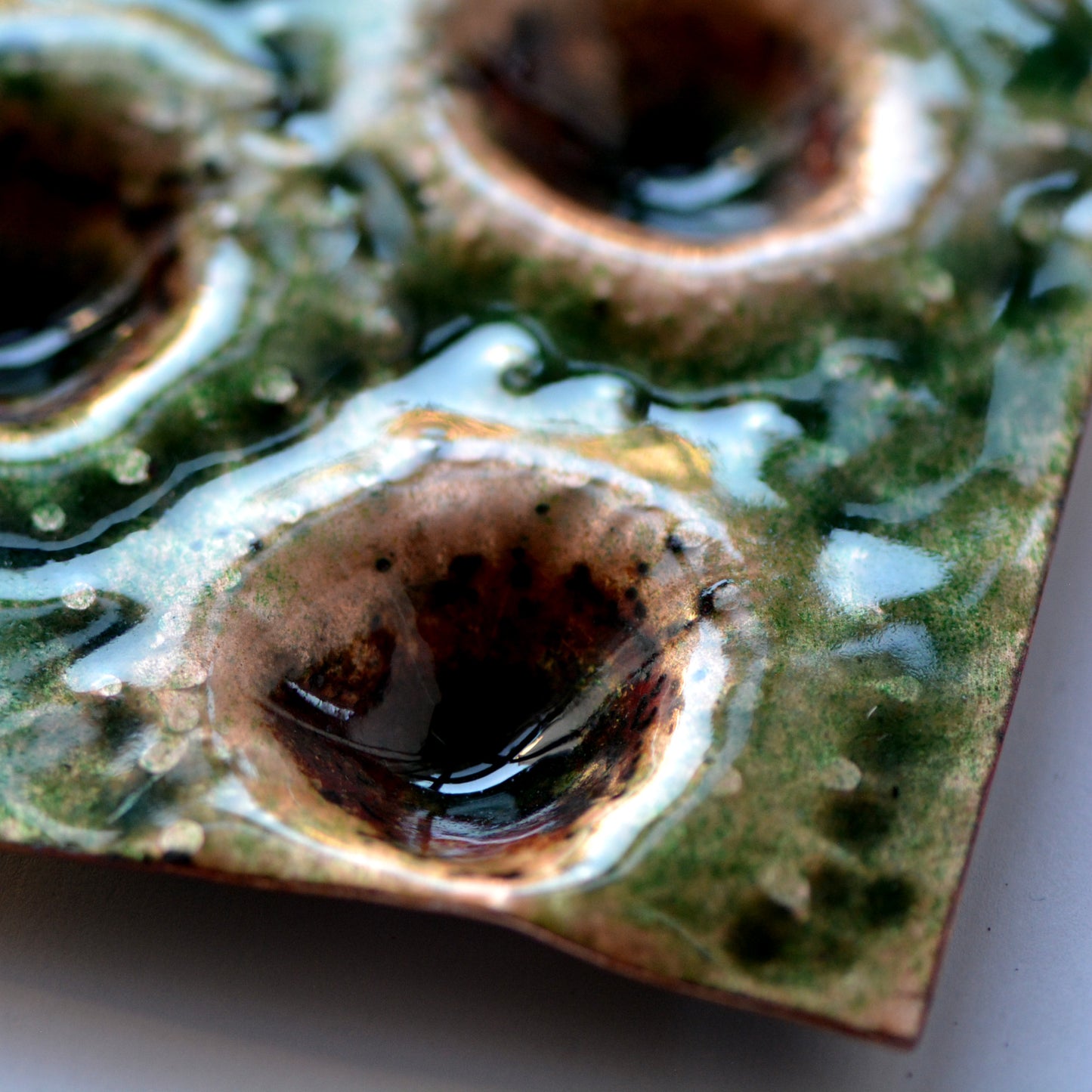
Enamel - Le Grand Feu
“Smalti a Fuoco_ Un’arte di Sottecchio”
L'arte della smaltatura a fuoco è un'arte antica e molto complessa.
Radicata in gesti precisi e conoscenze acquisite nel tempo, ha trasformato, nel corso dei secoli, metalli semplici, come il rame o l'argento, in oggetti di grande valore e significato artistico. Oggi è in gran parte confinata a poche creazioni specializzate e viene spesso confusa con oggetti prodotti industrialmente o realizzati con smalti a base polimerica. Di conseguenza, rimane per lo più associata a prototipi estetici di stile tradizionale. Solo in rari casi si è liberata dall'estetica classica, dando vita a opere moderne realizzate con tecniche antiche, grazie a grandi artigiani, sebbene oggi quasi dimenticati. Queste sono le basi del nostro viaggio profondamente personale: non solo una riscoperta delle potenzialità dello smalto, ma anche una ricerca di un linguaggio nuovo e contemporaneo, che reinventi come la smaltatura a fuoco possa ancora oggi esprimere bellezza e raffinatezza.








